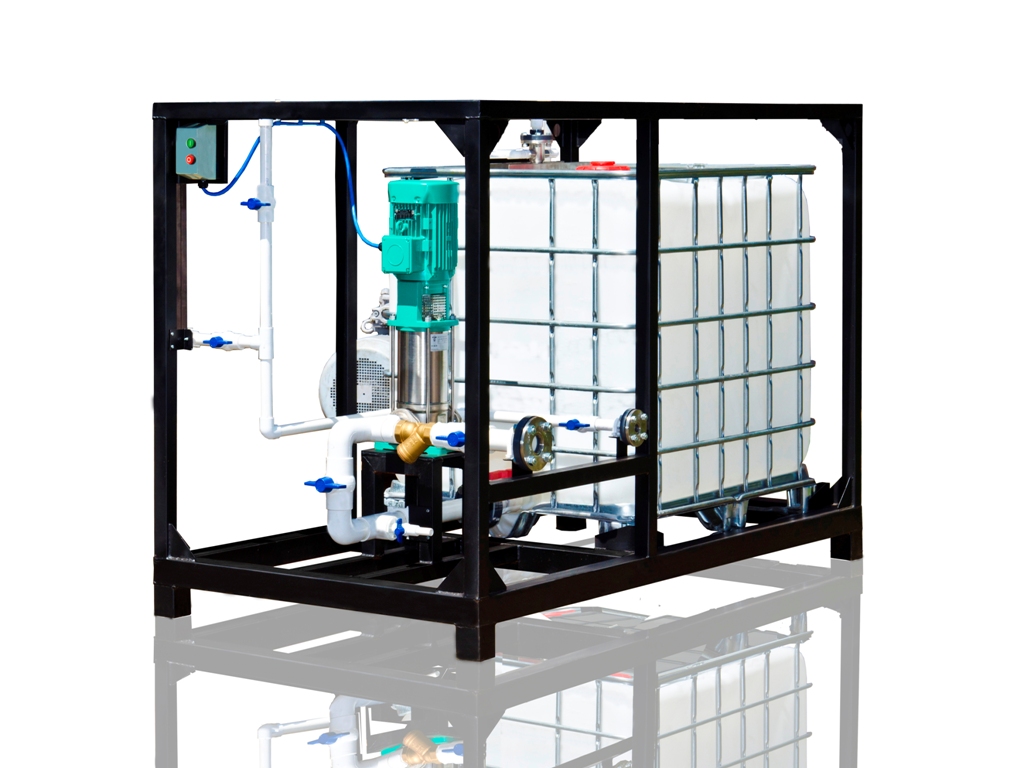Different types of bituminous emulsions are mostly used in the construction industry. The main areas of application are following:
- priming of old pavement before applying asphalt;
- preparation of cold asphalt mixtures;
- surface treatment of road surfaces;
- thin protective layers;
- patching roads;
- waterproofing of structures;
- installation and repair of soft roofs.
The main advantage of bitumen emulsions in comparison with conventional bitumen (or resin) is their use in higher humidity, lower ambient temperature and lower consumption of bitumen.
Due to the fact that the bitumen emulsions have significantly lower viscosity as compared with ordinary bitumen, heating of emulsions and mixes is not required.
Besides, bitumen emulsions allow operation in adverse weather conditions. The use of hot bituminous mix even with the addition of a surfactant do not offer the necessary quality.
With such a wide range of benefits, bitumen emulsions are increasingly popular. This makes it viable to acquire a plant for production of bitumen emulsions, mixing bitumen with water and the various additives necessary for production of the product according to the formulation, reflecting the facility’s requirements.
The UVB-1 bitumen emulsion unit is a semi-automatic system, which consists of several individual modules installed on the same frame: emulsion preparation and water phase preparation units, as well as the control panel.
Production of bitumen emulsions usually involves two stages: preparation of water phase and emulsion preparation.
Water phase is a water solution of the emulsifier, the agent for the transition of the emulsifier into ionic form (acidic reagents for cationic emulsions and alkaline substances for anionic ones) or other components necessary to improve the emulsion.
The water phase unit is equipped with piping, including visual flow indicators, valves and instruments.
Water phase is prepared in tanks with agitators, according to the formulation: volume, temperature, pH and dosage of the components are all controlled. The water phase and hot bitumen are supplied to the colloid mill for mixing. If necessary, bitumen can be thinned by controlled injection of a thinner liquid into the bitumen pipeline.
Portioning the components of the water phase and the thinner is automatic, by the pumps which supply the substances into the pipelines for continuous emulsion production.
Vertical pumps of various models are installed for the supply of water and blend.
The thinner is supplied by a gear pump.
Actual flow is of components is controlled by flow meters with varying measurement ranges: up to 10 m3/h for water, up to 4 m3/h for blend and up to 0.25 m3/hour for thinner.
A great deal of world known technologies in civil and industrial construction use complex bitumen emulsions prepared according to custom formulations. Recently, modern systems for production of high-quality bitumen mixtures and emulsions are becoming increasingly common in the domestic market.
Research and experiments reveal brand new models and formulations to achieve an even greater effect in the use of bitumen emulsions.

